Tematem niniejszego tomu jest wykorzystanie marmuru we wczesnej epoce bizantyjskiej (IV-VII wiek n.e.) na obszarze wschodniej części basenu Morza Śródziemnego, obejmującej terytoria Egiptu, Arabii, Palestyny, Fenicji, Azji Mniejszej i Grecji.
W starożytności pojęcie ,,marmur" miało szersze znaczenie niż obecnie i obejmowało rozmaite twarde kamienie nadające się do polerowania. W świecie starożytnym marmur odgrywał istotną rolę jako materiał rzeźbiarski i budowlany, lecz często wymagał importu z uwagi na ograniczoną dostępność. Pomimo kluczowej roli tego surowca, specyfika jego wykorzystania w okresie od IV do VII wieku pozostaje niewystarczająco zbadana, co prowokuje pytania dotyczące przyczyn jego importu, mechanizmów dystrybucji, rodzajów zamówień (prywatnych lub cesarskich) oraz miejsc jego zastosowania (publicznych, takich jak łaźnie lub prywatnych, takich jak budynki mieszkalne). Dodatkowo pojawiały się pytania dotyczące wpływu dużych projektów budowlanych, takich jak budowa kościołów, na import gotowych elementów marmurowych lub ich lokalną produkcję z importowanych surowców.
Choć badania nad wykorzystaniem marmuru w starożytności rozwinęły się w ostatnich latach, to skupiały się one głównie na okresach greckim i rzymskim. Istotne artykuły na temat użytkowania marmuru w późniejszych wiekach ukazywały się niekiedy w publikacjach wieloautorskich, lecz brakowało dedykowanej publikacji poświęconej marmurom we wczesnym okresie bizantyjskim. Niniejsza publikacja ma na celu wypełnienie tej luki.
Tom w sposób kompleksowy prezentuje sposoby wykorzystania marmuru we wczesnym okresie bizantyjskim w świetle różnych podejść badawczych i metodologii. Omawiając najnowsze odkrycia z kluczowych stanowisk archeologicznych, autorzy artykułów analizują społeczną funkcję i znaczenie marmuru. W tekstach prześledzono także procesy związane z pracą rzemieślników oraz wyborem materiałów do konkretnych obiektów lub projektów budowlanych. Zaprezentowano również wyniki szczegółowych badań z użyciem różnych metod analitycznych.
Publikacja na licencji Creative Commons Uznanie autorstwa 3.0 PL (CC BY 3.0 PL) (pełna treść wzorca dostępna pod adresem: https://creativecommons.org/licenses/by/3.0/pl/legalcode).
******
The volume centers on the use of marble during the early Byzantine era (4th-7th century AD) across a broad expanse of the eastern Mediterranean region, encompassing the territories of Egypt, Arabia, Palestine, Phoenicia, Asia Minor, and Greece.
In antiquity, the term 'marble' had a broader meaning than it does today and was used to denote an array of hard stones suitable for polishing. Marble held significant importance as a material for sculpture and construction in the ancient world, often requiring importation due to its limited natural availability. Despite its crucial role, the specifics of marble use during the 4th to 7th centuries remain largely unexplored, prompting inquiries into the reasons behind its importation, distribution mechanisms, types of orders (whether private or imperial), and locations of display (whether public, like baths, or private, like residential buildings). Additionally, questions arise concerning the impact of large-scale construction projects, such as churches, on the importation of finished marble items or their local production from imported raw materials. This volume aims to address these gaps in research, shedding light on the significance of marble, its trade, aesthetics and social significance in the early Byzantine period.
While studies on marble usage in antiquity have flourished recently, the focus has primarily centered on the Greek and Roman periods. Although some significant papers on marble from later centuries have appeared in multi-authored publications, dedicated volumes specifically devoted to marbles of the early Byzantine era have been lacking.
The volume provides a comprehensive overview of marble utilization during the early Byzantine period, drawing on various approaches and methodologies. It not only showcases recent discoveries from significant sites but also offers insights into the social function and appreciation of marble. Several papers delve into the working processes of craftsmen and the rationale behind material selection for specific objects or building endeavors. Others offer detailed examinations, presenting a diverse array of marble objects within various contexts and through different analytical lenses.
The publication is licensed under the Creative Commons Attribution-ShareAlike 3.0 Poland license (CC BY 3.0 PL) (full license available at: https://creativecommons.org/licenses/by/3.0/legalcode).



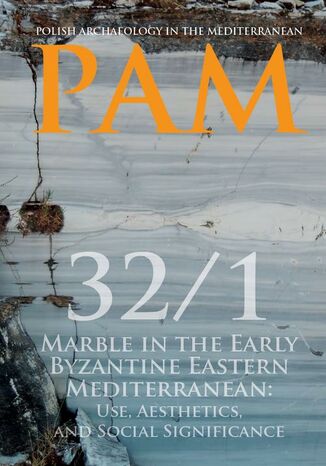
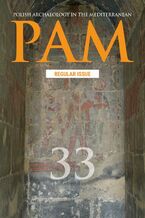

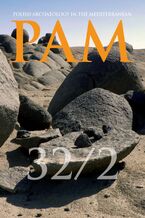
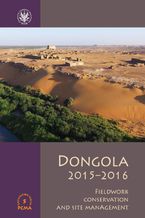










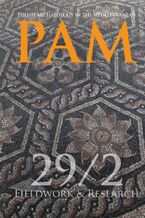
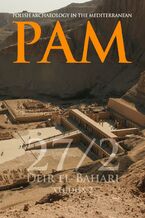
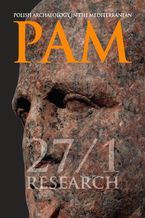
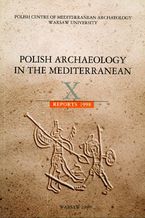
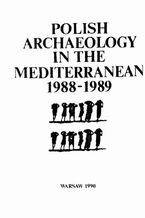
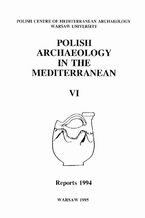
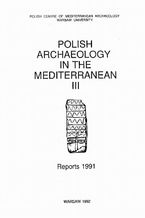
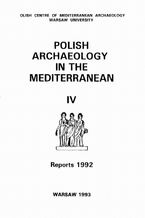
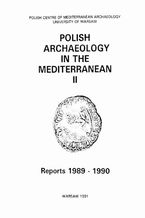
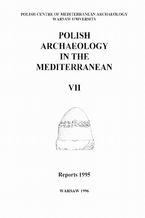













![Okładka - B. Bolesławita [Józef Ignacy Kraszewski], Rachunki. Wybór z lat 1866-1869 - Dawid Maria Osiński, Inesa Szulska](https://static01.helion.com.pl/global/okladki/145x218/e_4iic.jpg)


Oceny i opinie klientów: Polish Archaeology in the Mediterranean 32/1 Dorota Dzierzbicka
(0)